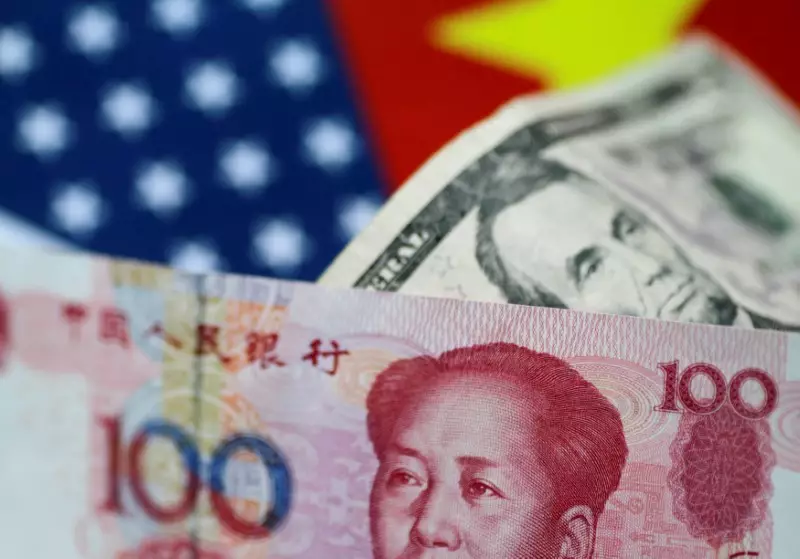On Thursday, many currencies across Asia experienced minimal movement with a tendency towards stagnation, reflecting a careful sentiment among investors. The primary driver of this behavior is the anticipated slower pace of interest rate cuts in the United States, which has led traders to exercise caution in engaging with regional markets. Amid these conditions, the Chinese yuan suffered the most, signaling troubling trends in the region’s financial dynamics. As the impetus from previous stimulus measures in China appears to have diminished, currency valuations reflect a broader uncertainty regarding economic recovery and market stability in Asia.
The broader trading environment remains subdued, with pivotal markets like Japan closed for the New Year celebrations. Yet, the U.S. dollar exhibited resilience, influenced by predictions of gradual rate reductions from the Federal Reserve in 2025. This expectation, coupled with anticipated protectionist measures by the incoming U.S. administration, has created a favorable scenario for the dollar, which has reportedly reached its highest value since November 2022.
Chinese Yuan Performance and Economic Indicators
The performance of the Chinese Yuan is particularly concerning this week. On Thursday, the USD/CNY exchange rate surged by 0.3%, bringing it to 7.3190 yuan, the highest level seen in over a year. This surge primarily stems from disappointing data released by Caixin regarding China’s manufacturing sector. The index indicated weaker growth than market analysts had forecasted, suggesting that the supportive effects from recent stimulus measures are waning.
These findings trigger alarm bells about the sustainability of China’s economic recovery, especially when viewed in conjunction with the government’s recent PMI figures, which similarly indicated subpar manufacturing performance. As worries about an overarching economic slowdown grow, it becomes evident that the recently implemented fiscal measures may not suffice to propel sustained growth, particularly in the face of increasing economic challenges, including potential trade tensions driven by the new U.S. administration.
While the yuan falters, other Asian currencies exhibit varying levels of stability. Many have struggled through 2024, primarily due to the U.S. dollar’s strength influenced by tighter monetary policies anticipated in the near future. The Japanese yen also contends with significant headwinds stemming from a predominantly dovish perspective from the Bank of Japan regarding monetary policy, thus exerting downward pressure on the yen. The USD/JPY pair continued its flat trajectory, hovering around a five-month high of nearly 158 yen, reflecting traders’ lack of conviction in the yen’s recovery potential.
In contrast, the South Korean won, despite a recent firming, remains one of the worst performers in 2024, with its value against the dollar rising almost 15%, further accentuated by unabated political instability within the country. Meanwhile, the Singapore dollar exhibited a slight decrease, which can be attributed to a deceleration in GDP growth, raising concerns over the island’s economic prospects. Although it saw a surprising 4% growth in its overall GDP, the robust numbers are tainted by a marked slow down in the fourth quarter.
Looking ahead, volatility is likely to persist across the Asian currency landscape as global economic indicators continue to unfold. The Australian dollar recently regained ground against the U.S. dollar, rising 0.5% after plunging to record lows. Meanwhile, the Indian rupee’s decline against the dollar – down 0.3% after reaching a record high of 86 rupees this week – illustrates the fragility faced by many emerging markets amid pressures stemming from larger economies.
Ultimately, the outlook for Asian currencies appears cautiously pessimistic. As trade tensions loom and the U.S. leans towards protectionist policies, coupled with an uncertain trajectory for global interest rates, traders will likely maintain a cautious stance, impacting overall investor sentiment and currency differentiation in the region as we advance into the new economic year.

